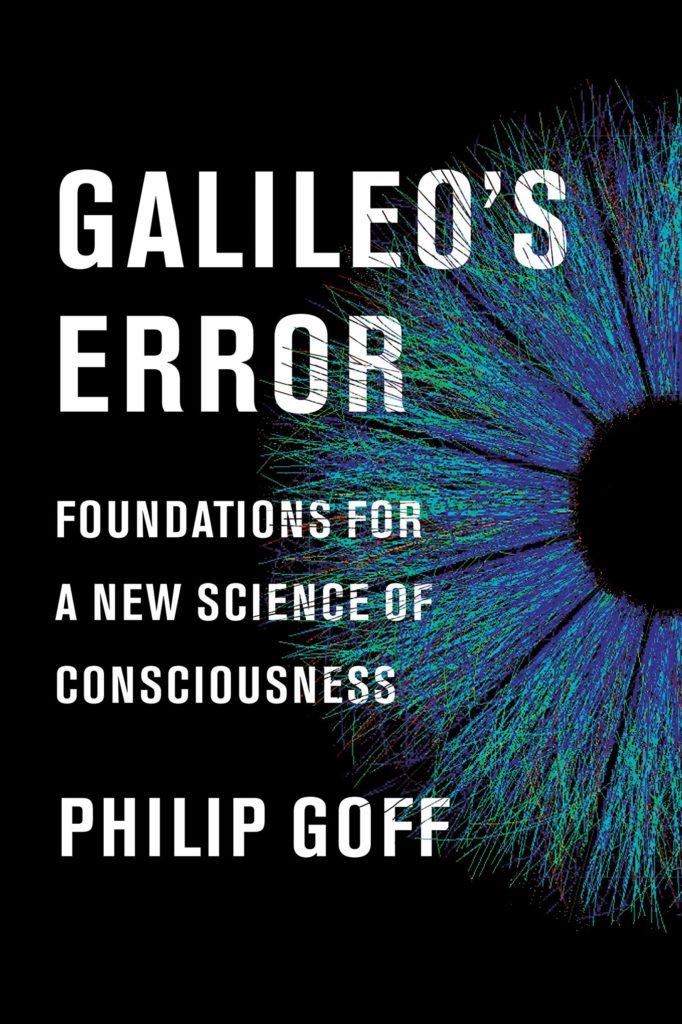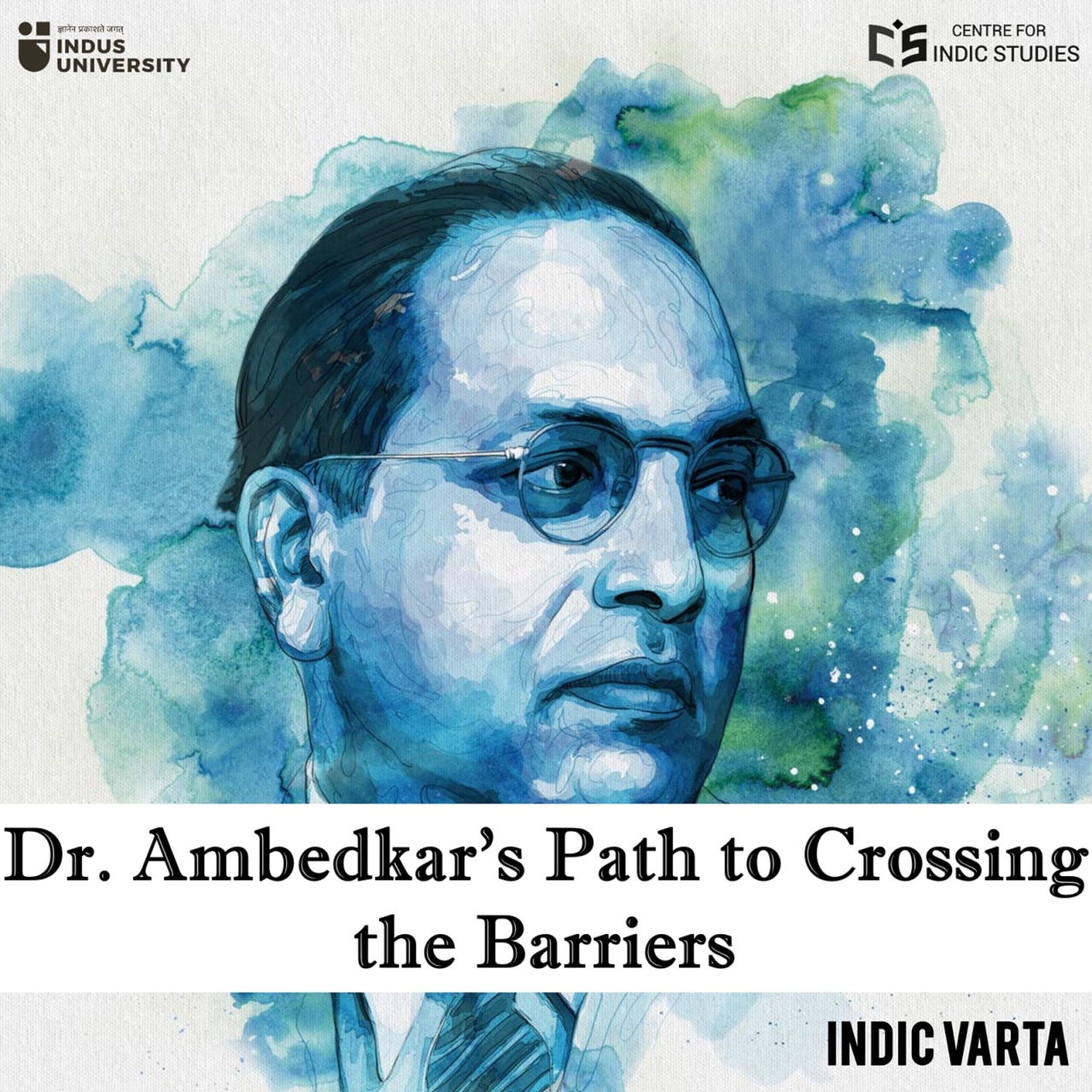- Visitor:29
- Published on:
Panpsychism: How It Changes Our Worldview
Panpsychism has the potential to transform our relationship with the natural world. If panpsychism is true, the rain forest is teeming with consciousness.

Panpsychism has the potential to transform our relationship with the natural world. If panpsychism is true, the rain forest is teeming with consciousness. As conscious entities, trees have value in their own right: chopping one down becomes an action of immediate moral significance. Moreover, on the panpsychist worldview, humans have a deep affinity with the natural world: we are conscious creatures embedded in a world of consciousness.
We treat other humans not as objects but as sentient centers of value and purpose. We feel their presence when in close proximity, and we instinctively interpret their actions as flowing from their individual agency. Imagine if children were raised to experience trees and plants in the same way, to see the movement of a plant toward the light as expressing its own desire and conscious drive for life, to accept the tree as an individual locus of sentience. For a child raised in a panpsychist worldview, hugging a conscious tree could be as natural and normal as stroking a cat. It’s hard to tell in advance the effects of such a cultural change, but it’s reasonable to suppose that children raised in a panpsychist culture would have a much closer relationship with nature and invest a great deal more value in its continued existence.
In fact, independently of the arguments for panpsychism contained in this book, there is now a growing body of evidence that plants have sophisticated mental lives. Monica Gagliano, a research associate professor at the University of Western Australia in Perth, has shown that pea plants can be subject to conditioned learning. Gagliano proved this by replicating the famous experimental work of the nineteenth-century psychologist Ivan Pavlov. Pavlov taught dogs to associate the ringing of a bell with food, by always ringing a bell before feeding them. Eventually, the mere sound of the bell was enough to cause the dogs to salivate. In order to set up a similar scenario with her pea seedlings, Gagliano put a pea plant at one end of a Y-shaped tube, so that it could grow in either of two directions, left or right. In one direction was the seedling’s “food,” in the form of blue light. In normal circumstances, the pea seedlings will instinctively grow toward where the light was last present. However, Gagliano tested whether the seedlings could associate the sound of a computer fan with the presence of the blue light, by repeatedly placing the noise at the end of the tube where the blue light was located. Upon repeated trials, she found that just as Pavlov’s dogs had salivated at the sound of the bell, so the pea seedlings grew toward the noise of the computer fan.
In both cases, a sound that was initially meaningless to the organisms had come to represent dinnertime. This research has led Gagliano to think of the seedlings as subjects of experience: “If the plant is imagining its dinner arriving, based on a simple fan that is associated to the light, then who is doing the imagining? Who is thinking here?”
Does a tree falling in a forest make a noise if there’s no one there to hear it? Why assume the tree makes noise only when it falls? The research of Ariel Novoplansky, from the Ben-Gurion University of the Negev, has demonstrated that plants can communicate with each other in sophisticated ways. Novoplansky’s experiment involved putting plants in a series of adjacent pots, with each plant having one root in its neighbor’s pot. He then subjected one of the plants to drought. What he discovered was that this information was passed down the series of plant pots through the roots, as revealed by the fact that all of the plants closed their pores to reduce water loss.
Closing of pores is generally the action of thirsty plants, but in this case it was the action of perfectly well-watered plants responding to the danger signals of a neighbor several pots along. The plants were even able to retain the information, which prevented them from dying in the drought that Novoplansky subjected the plants to in a later stage of the experiment.
Suzanne Simard, of the University of British Columbia, has taken research into plant communication outside of the lab and into the forest. In the early days of her research, Simard was ridiculed for wanting to investigate tree communication, and she struggled to find funding. It is these same prejudices—cultural associations with “New Age” ideas—that continue to hamper the panpsychism research program, although thankfully less and less as time goes on. Unperturbed, Simard pushed forward with her scientific work, and the results have been extraordinary.

By injecting trees with isotope traces, Simard has shown that there is beneath our feet a complex web of communication between trees, which she had dubbed the “Wood-Wide Web.” Communication happens via mycorrhiza structures, which connect trees to other trees via fungi. The trees and the fungi enjoy a quid pro quo relationship: the trees deliver carbon to the fungi and the fungi reciprocate by delivering nutrients to the trees. A dense web of connections is formed in this way, with the busiest trees at the center connected to hundreds of other trees.
The mycorrhiza structures allow for a complex system of egalitarian redistribution, with trees with excess carbon passing some on to their neighbors. It is sometimes claimed that in human societies social harmony is possible only when they are united by strong ties of kinship. No such prejudice exists among trees. Even across species there exist networks of reciprocal support. In summer, the birch trees help out the fir trees by passing along carbon, especially to the fir trees that are shaded from the sun. In winter, there is reciprocation: when the birches are leafless, the firs provide much needed carbon support.
Having said that, like humans, trees do exhibit preferential treatment for their own young. Simard has shown that the “mother” trees at the center of the network not only give greater amounts of carbon to their own kin, but also send them defense signals which can increase by a factor of four the young trees’ survival chances. This intergenerational transfer is particularly pronounced at the point when the mother trees die, as they pass on their wisdom to the next generation.
On the basis of all this, we now know that plants communicate, learn, and remember. I can see no reason other than anthropic prejudice not to ascribe to them a conscious life of their own.
Admittedly, this does have difficult implications for the ethics of vegetarianism and veganism. Many vegans and vegetarians feel that it is wrong to kill or to exploit sentient creatures. But if plants also have sentience, what is there left to eat? These are very hard ethical questions; it may turn out that some killing of sentient life is inevitable if we want to survive ourselves. But accepting the consciousness of plant life means at the very least accepting that plants have genuine interests, interests that deserve our respect and consideration.
Few people are aware of these transformations in our understanding of plant mental life, and many would still probably dismiss the ideas that trees talk as hippie nonsense. But imagine how our children’s relationship with nature could be transformed if they were taught to walk through a forest in the knowledge that they are standing amidst a vibrant community: a buzzing, busy network of mutual support and care.
The cultural revolutionaries of the 1960s aspired to a new relationship with nature, one of love, respect, and harmonious coexistence. These aspirations fell flat without an intellectual worldview in which they made sense. Such a worldview— panpsychism—is now intellectually credible. There is every reason to hope that the new science of consciousness will lead to a new covenant with nature. The only problem is we have such little time.
(Source:- PHILIP GOFF, GALILEO’S ERROR: FOUNDATION FOR A NEW SCIENCE OF CONSCIOUSNESS, pp. 172-175)
Center for Indic Studies is now on Telegram. For regular updates on Indic Varta, Indic Talks and Indic Courses at CIS, please subscribe to our telegram channel !
- 14 min read
- 0
- 0










